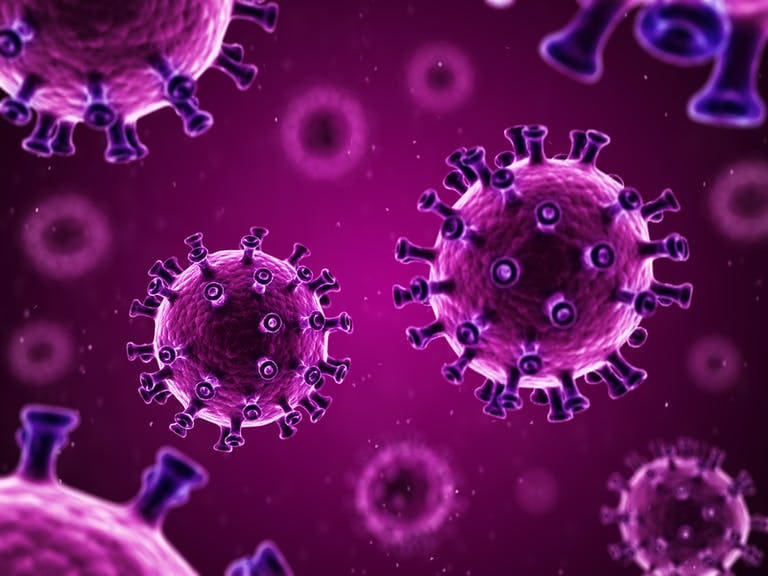The Division of Public Health announced Tuesday it will match CDC guidelines that reduce the time that people should isolate or quarantine from 10 days to 5 days for COVID-19 exposures.
Public Health also said it will refocus its contact tracing efforts on case investigation and contact tracing in high-risk settings such as schools and longterm care facilities.
The move to shorten isolations and quarantines, released Monday by the Centers for Disease Control, is based on certain conditions and vaccination status and designed to keep the economy moving.
The CDC adopted the change after proof that the majority of COVID-19 transmission occurs early in the course of illness, generally in the 1-2 days prior to onset of symptoms and the 2-3 days after.
Therefore, people who test positive should isolate for 5 days and, if they have no symptoms at that time, they may leave isolation as long as they continue to mask for 5 days to minimize the risk of infecting others,. the state press release said.
The CDC’s new guidance says:
- For those who test positive for COVID-19 – but don’t have symptoms – the isolation period can be reduced from 10 days to 5 days as long as the person wears a mask around others (in and out-of-home) for at least 5 additional days. If you have a fever, remain in isolation until the fever resolves.
- For close contacts who are unvaccinated, or more than 6 months out from their second dose of Pfizer or Moderna or 2 months out from their single dose of Johnson & Johnson (without a booster), quarantine has been reduced from 10 days to 5 days, followed by mask use for an additional 5 days.
- For close contacts who have received their booster shot, or are less than six months out from being fully vaccinated with Pfizer or Moderna or are less than 2 months from their J&J vaccine, no quarantine is needed, but these persons should wear a mask for 10 days after the exposure to the positive case.
- For vaccinated close contacts who are not yet eligible for a booster – including students younger than 16 – no quarantine is needed. DPH is reviewing the guidance and evaluating its impact on the Test-to-Stay program.
According to the CDC, for all those exposed, best practice would also include a COVID-19 test at day 5 after exposure.
If symptoms occur, individuals should immediately quarantine until a negative test confirms symptoms are not related to COVID-19.
During case investigations, epidemiologists will ask persons who are positive for COVID-19 to inform their close contacts of their positive status instead of reaching out to all close contacts itself.
This change is due to increasing case numbers to investigate and the rapid spread of the Omicron variant, necessitating a need to prioritize its personnel and resources on preventing spread among those at highest risk.
During the next few weeks, Public Health also asks for the public’s patience with case investigators and contact tracers.
Because it will take time for DPH to update its computer-based systems with the new guidance, contact tracers will advise individuals that the standard script they read will be based on the previous isolation and quarantine guidance, but let them know next steps for ending isolation and quarantine earlier per the new guidance.
Employers and schools are advised that they can move forward in applying the guidance to their employees and students themselves without Public Health oversight, or needing clearance letters from DPH, which are not required.
Using the new guidance can reduce the impact of illness on a business or school’s workforce.
“We know this sudden change in isolation and quarantine guidance will take time for everyone to review, understand and implement,” said Dr. Karyl Rattay, director of Public Health. “But we want to follow the science and what it’s telling us is that people are mostly infectious earlier in their exposure and longer periods of isolation and quarantine are not necessary.
“We also want to prepare folks that because it will take our contact tracers a few weeks to implement this change in our system, that people may receive conflicting guidance. But we believe it’s important to empower individuals, employers and schools to make the isolation and quarantine changes themselves, providing they understand the conditions attached to the CDC’s guidance.”
Rattay said the most important thing Delawareans can do to reduce the spread of COVID-19 is to get vaccinated and get a booster, if eligible.
People can maximize their protection by wearing a face mask in public places; washing their hands; maintaining social distancing and avoiding crowds, especially indoors; and getting tested if they have symptoms, have had an exposure, or are required by their employer.
She urged people planning a New Year’s celebration to the gathering small and wear a face mask if you do not know everyone’s vaccination status.


Betsy Price is a Wilmington freelance writer who has 40 years of experience.
Share this Post








